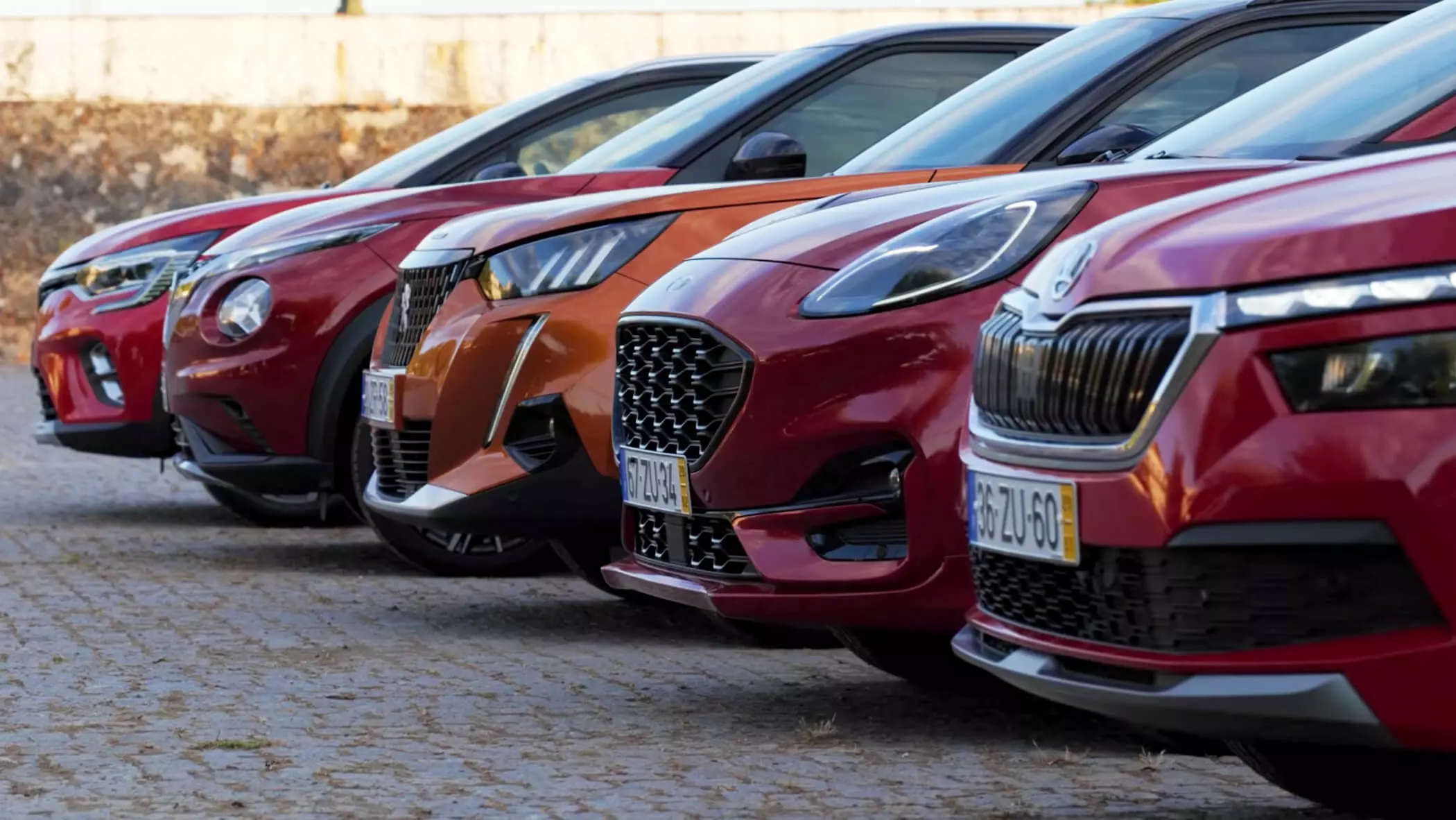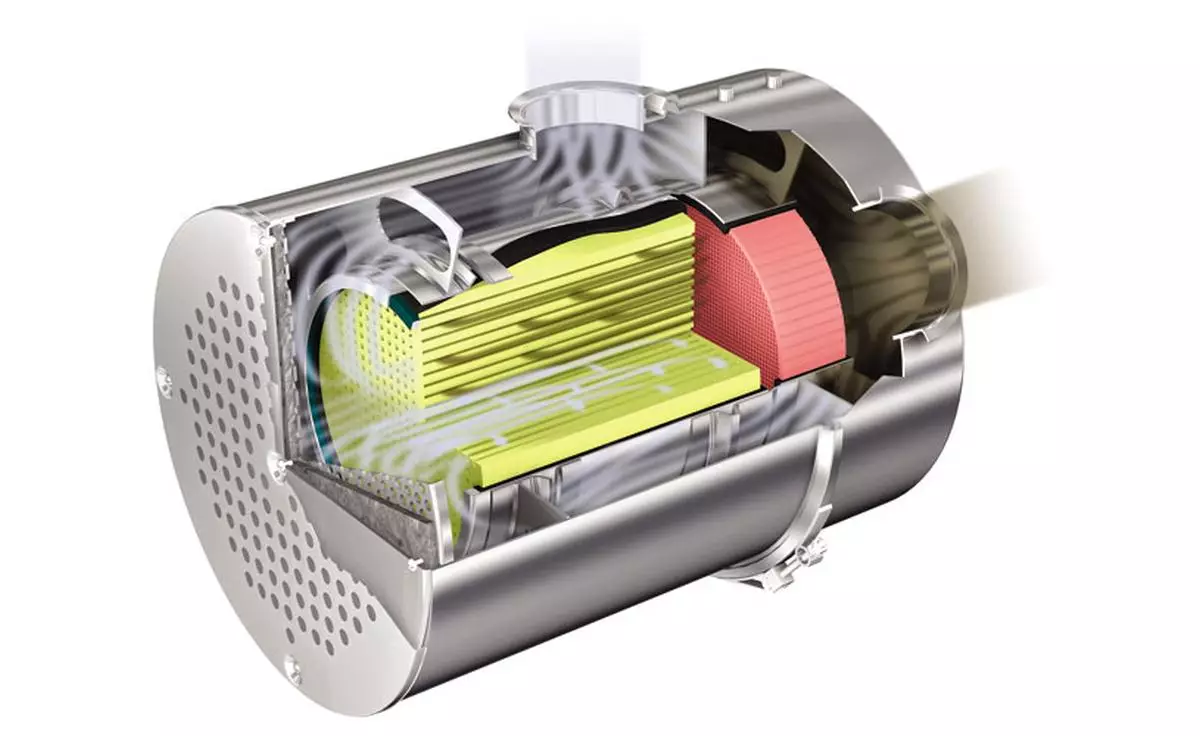"I must have seen wrong... How much does it cost?" It must be the most common finding by you to the many tests that we have published both here and on our YouTube channel. Yes it's true, cars are expensive.
If the high price of some models is no longer a surprise to anyone, such as those coming from premium brands — although we, too, are sometimes astonished by the total value of the options they carry — in other models, especially from the lower segments and without ambitions for “social advancement”, the story is different.
In order to have access to a reasonably well equipped city dweller, 15,000 euros are already starting to be short. The same exercise for a utility? 20 thousand euros or very close to that and we are probably limited to the most affordable engine, not always the one that best suits the intended use. Make the leap to the “fashionable” B-SUV? Add a few thousand euros more for the corresponding version — practically at the same level as the C-segment. And if you want to be “green”, 30 thousand euros for a 100% electric utility seems to be (for now) the Olympic minimum.

Well, some might say that prices today are not as important as they were in the past. And partly true. More and more private companies are opting for modalities such as renting, and some brands have even gone ahead with their own subscription services, just as if it were a telephone operator or any other streaming provider.
For those who choose to buy, it is also true that we will hardly leave the stand with a new car at the list price, as there is no lack of promotional campaigns or even some margin for discounts.
But even so, the price of cars still remains one of the main factors in the purchase decision.
Subscribe to our newsletter
It's the only logical conclusion to draw when we “crunch” the sales tables, not only in Portugal, but also in Europe. If we exclude sales of new cars for companies and fleets — they already represent about 60% of the total market — we get a sales table where the models that sell the most are not those we are used to seeing.
Instead of having the Volkswagen Golf and Renault Clio leading the sales charts, as they have been in 2020, we are going to see the Dacia Sandero and Duster in those same places. Precisely the models whose main selling point is… their low price. The question remains…
Why are cars expensive and they don't seem to stop going up?
It would be easy to point the finger in Portugal to our taxation, but in the lower segments, where practically everything seems to come with a small turbo, the weight of the ISV is not the most decisive. The differences for other countries, such as neighboring Spain, are thus not excessively high. What's more, electric cars don't pay ISV and hybrids have a 40% “discount” on the tax amount, which rises to 75% for plug-in hybrids — and, as you've probably already noticed, it's still a lot. expensive.Those responsible for cars being more and more expensive are, above all, measures to combat emissions and also in response to greater demands in terms of safety. They are the main ones, but there are others…
Halogen headlights not illuminating enough? Certainly LED ones are better, but how much do they cost? Apple CarPlay and Android Auto are mandatory these days and the more USB ports inside a vehicle the better. Connectivity is gaining more and more importance, and even comfort items, once exclusive to luxury vehicles, such as heated seats, can already be found in city dwellers. Add in the I-can't-miss-have XPTO sound system, or wheels big enough in diameter to make a table for four. It's always adding up.
“Greener” car = more expensive car
The fight against emissions has been done by raising the efficiency of internal combustion engines — which has never been as high as it is today — as well as by the increasingly sophisticated and complex exhaust gas treatment systems (catalysts, particulate filters and systems of selective catalytic reduction). The positive result is that we have never had engines so spared and so “clean”.

Record compression rates, sophisticated materials/coatings to reduce internal friction, cylinder deactivation, combustion strategies, supercharging, among others, allow for this type of results, but the side effect is that the cost of a powertrain today is quite high. bigger than 10-15 years ago.
Electrify to reduce emissions? A “tragedy” in terms of costs. Even the lightest of hybridizations, a mild-hybrid system, carries additional costs of between 500 and 1000 euros per car on the production line. Hybrids are another 3000-5000 euros per unit. And what if we do without the combustion engine entirely, that is, a 100% electric one? It can cost an additional 9000 to 11 000 euros to make a car compared to an equivalent vehicle with a combustion engine.

This last scenario is changing, with forecasts that the costs associated with electrification will come down. Whether through increased sales and greater economies of scale; or due to the “debottling” foreseen for the production of batteries on a large scale for the automobile industry during the next decade. Even if they drop to the point where they are below the cost of combustion engines, they will set themselves at a higher level than intended — note that the ambition for 2025 is to have an electric city owner for just under 20 thousand euros.
Safer and almost alone
We have never had cars as safe as they are today and after decades of evolution in the passive safety chapter (deformable structures, airbags, etc.), active safety has been the protagonist in this century (ie, the possibility of avoiding accidents in the first place. place). Driving assistants have never been so many and so sophisticated, but to make them work requires that we add sensors, cameras and radars — yes, you've seen where this is going, more costs.
And if, until recently, we could choose to add them or not — even if Euro NCAP “forces” them to reach five stars — from the second half of 2022 many of these assistants will become mandatory by imposition European. It doesn't matter if it's a low-cost city or a luxury SUV XL, both will have to have items and systems that go from a rear camera to the autonomous emergency braking system, going through the addition of a black box or a maintenance assistant. in the lane, and even more controversial things like the intelligent speed assistant or the pre-installation of ignition-blocking breathalyzers.

Who pays for all this?
The future doesn't look easy for anyone looking for a new, cheap car. There are hundreds and even thousands of euros that are added to the cost of manufacturing a car to make it cleaner, safer and more convenient. Cars are more expensive and will continue to get more expensive, whether due to the imposition of regulations or the imposition of the markets.Builders don't have much leeway. Or they absorb the additional (or part) costs, greatly reducing their margins — which, as a rule, are not usually very generous —; or charge that cost to the customer.
And that's how we get to the state of affairs in our days, where we even discuss whether or not city dwellers will disappear. It costs us to accept a city dweller costing between 15-20 thousand euros, but to develop it, the manufacturer's specifications coincide in too many points with that of an E-segment executive saloon — both are subject to the same regulations.
Why launch a city dweller that costs as much to make as a utility vehicle and sell it for less money, not making any money by selling it? No wonder there are no plans in the near future for new (affordable) city dwellers by European builders — even the new Smarts, which were never the most affordable, will be developed and produced in China — and the lifespan of those on sale continues to be prolonged beyond reason, until they are pushed out of the market by regulation.
It is not surprising that alternatives such as electric quadricycles are emerging from car manufacturers, a type of vehicle that does not have to comply with the same onerous rules as an automobile. However, they are vehicles of very limited use. However, yes, a new generation of city dwellers is being prepared that should reach the middle of the next decade, 100% electric and victory will be claimed because, as I mentioned, they will manage to stay a little below… 20 thousand euros.
The “salvation” of these lower segments is, like it or not, in the crossover and SUV. Why? Well, whoever buys a new car is willing to give a few thousand more euros for this typology — sales confirm it — even though, technically, they are no different from the SUVs from which they are derived. That is, the cost impact of all regulatory and technological additions is mitigated.
luxury object
Don't get me wrong. Many of these additions to current cars are indeed necessary, but they are nonetheless… additions. Therefore, they have associated costs.
A radical reinvention of the automobile is not yet to come in the short term to reverse the upward trajectory of the cost curve that we have been witnessing. If anything, we will see greater technical homogenization to further foster existing economies of scale and smooth this growth curve. The next decade as we prepare to enter will continue to be one of transition to electrification. No wonder forecasts continue to point to rising costs associated with automobile manufacturing.
What's more, with all the limitations and prohibitions that lie ahead for even more affordable combustion-engine cars, we are forcibly being pushed to electric ones. But even with generous tax incentives that happen all over Europe, their prices are still quite high — and they seem more expensive in Portugal, where wages are below the European average.
As Carlos Tavares, executive director of Groupe PSA, said: “electrics are not democratic”. It will take a long time for them to be.
Cars are expensive and will continue to be, even more so, for the foreseeable future.
